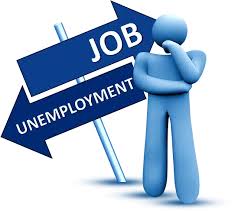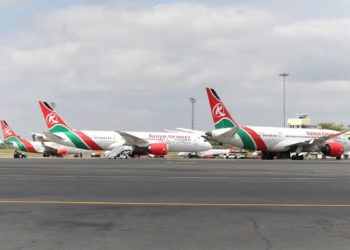The Central Bank of Kenya (CBK) has outlined a economic forecast, anticipating a robust 5.7% growth this year. Highlighting the pivotal role of stability in foreign exchange and inflation rates, CBK Governor Dr. Kamu Thugge underscored their significance in creating a conducive macroeconomic environment essential for encouraging domestic and foreign investments.
Inflation rate rose to 6.9% in January from 6.6% in December on account of rising food prices and higher energy cost. In its first sitting of the year on Tuesday, the Monetary policy committee (MPC) hiked the Central Bank Rate (CBR) by 50 basis points to 13 per cent which is expected to result to higher borrowing costs for consumers.
The Kenyan shilling has experienced a significant decline against major currencies, depreciating by approximately 20% compared to the US dollar. In response, CBK is relying on increasing the benchmark rate to bolster the exchange rate.
“CBK policy on the exchange rate is to allow the foreign exchange market to be determined by market forces. However we do intervene when we see that there is excessive volatility. It is my view that the foreign exchange has overshot the equilibrium rate so there could be scope for CBK to support the FX going forward,” noted Dr.Thugge
According to Dr Thugge, the shilling is expected to stabilize by end of April this year with new dollar inflows from multilateral lenders and increased interests by foreign investors in government securities.
In the second quarter of this year, Kenya will receive an additional $1.5 billion in funding from the World Bank. This comes in addition to the $684 million from the International Monetary Fund (IMF) and $400 million from the Trade Development Bank (TDB) that the country has already received. These Contributions have further strengthened the country’s reserves.
CBK projects a 5.7% GDP growth this year from 5.6% estimates for 2023 backed by stronger growth in agriculture, wholesale and retail, accommodation and expected recovery in transport and storage as the exchange rate stabilizes and fuel prices ease.
Additionally, the regulator projects the ongoing implementation of key government programmes this year to support value addition in manufacturing which could push growth of the sector from 1.9 percent last year to 2.9 per cent.


















